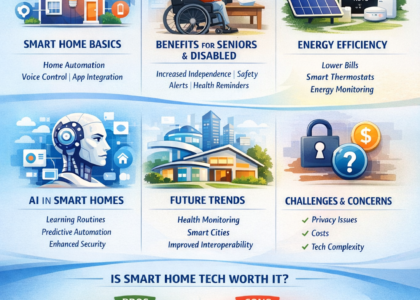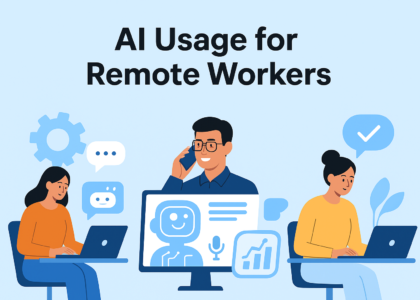Cutting Edge IoT Applications 2025: Transforming Technology and Daily Life
Introduction: Why Cutting Edge IoT Applications 2025 Matter The Internet of Things (IoT) has rapidly evolved from a futuristic concept to a critical driver of


Introduction: Why Cutting Edge IoT Applications 2025 Matter The Internet of Things (IoT) has rapidly

Introduction to Tech Hacks Android Codes Android devices are packed with hidden features and secret

Introduction to Android Hacks and Tricks Android phones are among the most popular devices in

Introduction: Why the Latest Tech Gadgets of 2025 Matter More Than Ever The latest tech

Introduction: Why Cloud Tools for Everyday Tech Matter More Than Ever Cloud tools for everyday

How smart home technology will change lives is no longer a futuristic idea—it is already
Introduction: Why Business Tech Solutions Matter Today Business tech solutions are no longer optional. They

Introduction Digital productivity hacks have become essential skills in a world where most of our

Introduction: Why AI Usage for Remote Workers Is Growing Rapidly Remote work is no longer
The Ultimate Guide to Digital Tech Hacks 2025 (Definition + Real Examples) Digital Tech Hacks